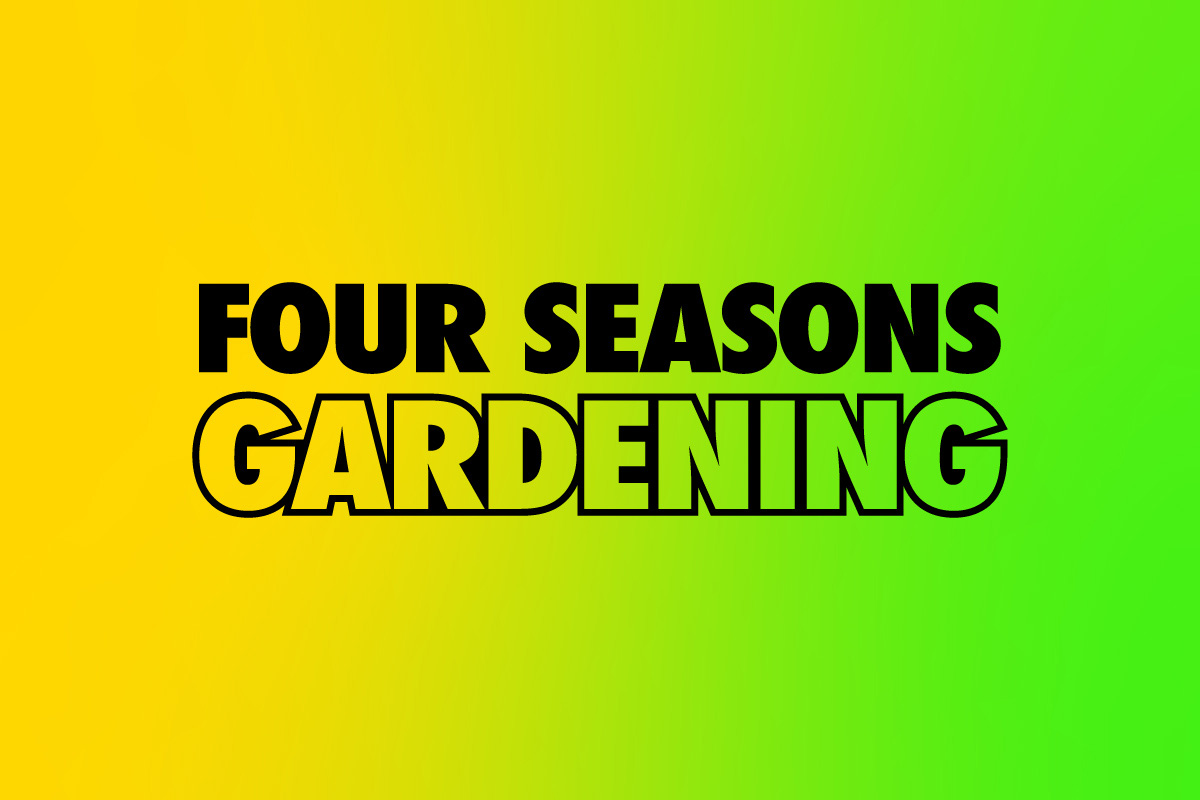I often think of this time of year as a convergence of anticipation, of well-conceived plans unfolding, and of the seemingly boundless opportunities of a freshly verdant spring garden.
Local community plant sales, farm stands, and garden centers are bursting with a dizzying bounty of vegetables, herbs, annuals, tender tropical plants alongside hardy perennials, grasses, ferns, vines, shrubs, and trees.
What a time to be a gardener!
At home in the veggie garden, my family has been busy planting for summer and fall harvest. Potato eyes, onion starts, and sweet potato slips went into their designated beds; tarragon, parsley, and thyme tucked into the herbs bed. The asparagus spears have erupted from the earth and rapidly expanded their thin, delicate foliage, while the broad tropical leaves of our rhubarb patch boldly contrast with all other foliage. The blueberry shrubs are in full bloom, and the raspberry patch is full of flower buds or soon-to-be juicy berries.
Gardeners are also keen observers of the weather. With cool, wet conditions still in the forecast, we have decided to hold back on planting tomatoes, peppers, basil, eggplant, okra, and melons for another week.
The annuals and cut flowers we grew from seed are ready to be set in the ground, beginning with sweet alyssum. The blossoms smell like honey and attract beneficial insects, helping us find a sustainable balance with pest pressure. Complementing the sweet alyssum, we chose flowering tobacco to produce an intensely sweet fragrance during summer nights and draw beneficial moths to its long, slender, tubular blooms.
Lastly, I bought some red lantana from our local garden center. It blooms reliably all summer to benefit hummingbirds, clearwing hummingbird moths, and many other pollinators. Speaking of the ruby-throated hummingbird, they are here in our region! Aside from blueberry bushes, you can support these high-octane avians by planting coral honeysuckle vine (Lonicera sempervirens), whose trumpet-shaped, red flowers seem to open exactly when the hummingbirds arrive.
I am truly fortunate to be able to feed my family fresh produce, engage my children outdoors to foster respect for nature, AND provide resources for as many forms of wildlife as I can. I am also keenly aware that not all gardeners have large spaces to grow plants. One of our readers inquired what apartment dwellers can do to succeed with plants and support pollinators.
Q. Iâm a gardener but live in a condo. My only outside space is on my balcony, but I want to help pollinators. What are the best native plants for containers?
Judi DeJager, North Attleborough
A. When I lived in Brooklyn, N.Y., I was routinely impressed by urban gardenersâ creativity and ability to capitalize on the smallest spaces to grow plants. From window sills to rooftops to illegal fire escape containers, few obstacles prevented them from their relationship with plants. Provided balcony gardening is permitted, here are a few ways to enjoy the benefits of growing plants and supporting pollinators.
There is a trade-off between using a large container or several smaller containers. More soil volume will translate into needing to water less, but the bigger the pot, the harder it is to move around. Large containers expand the choices to include shrubs and small trees that can be paired with other native perennials. Native plant breeders have created some excellent selections well suited for small spaces like Clethra âHummingbirdâ and Viburnum âWinterthur,â both compact cultivars of pollinator-friendly native shrubs.
Conversely, smaller pots can be artfully arranged and have more creative possibilities, but they require closer attention to watering. As the season progresses and the roots begin to fill the container, the plants will require more water. For smaller containers, I would suggest looking at selections of native perennials that grow shorter and more compact. Eupatorium âLittle Joeâ is a standout Joe Pye weed cultivar reaching 2 to 3 feet in height; Symphyotrichum âAvondaleâ is a fall-blooming aster similar in height and selected for its stout stems and late-season appeal. For summer blooms, I am a big fan of narrow leaved mountain mint Pycnanthemum tenuifolium, which grows naturally to 2 feet in height and an absolute magnet for all manner of pollinators. All of these lovely native perennials can be combined with annual flowers to create vibrant container displays that delight both humans and pollinators alike.
As a final word of guidance, be sure to ask the staff where you buy plants if any of the native perennials or annuals were grown using pesticides. There can be no greater tragedy than to unwittingly poison the very organisms you seek to support.
Container or windowsill planters offer a wonderful way to connect with nature, observe the relationships that these plants sustain, and cultivate a sense of awe and wonder.









